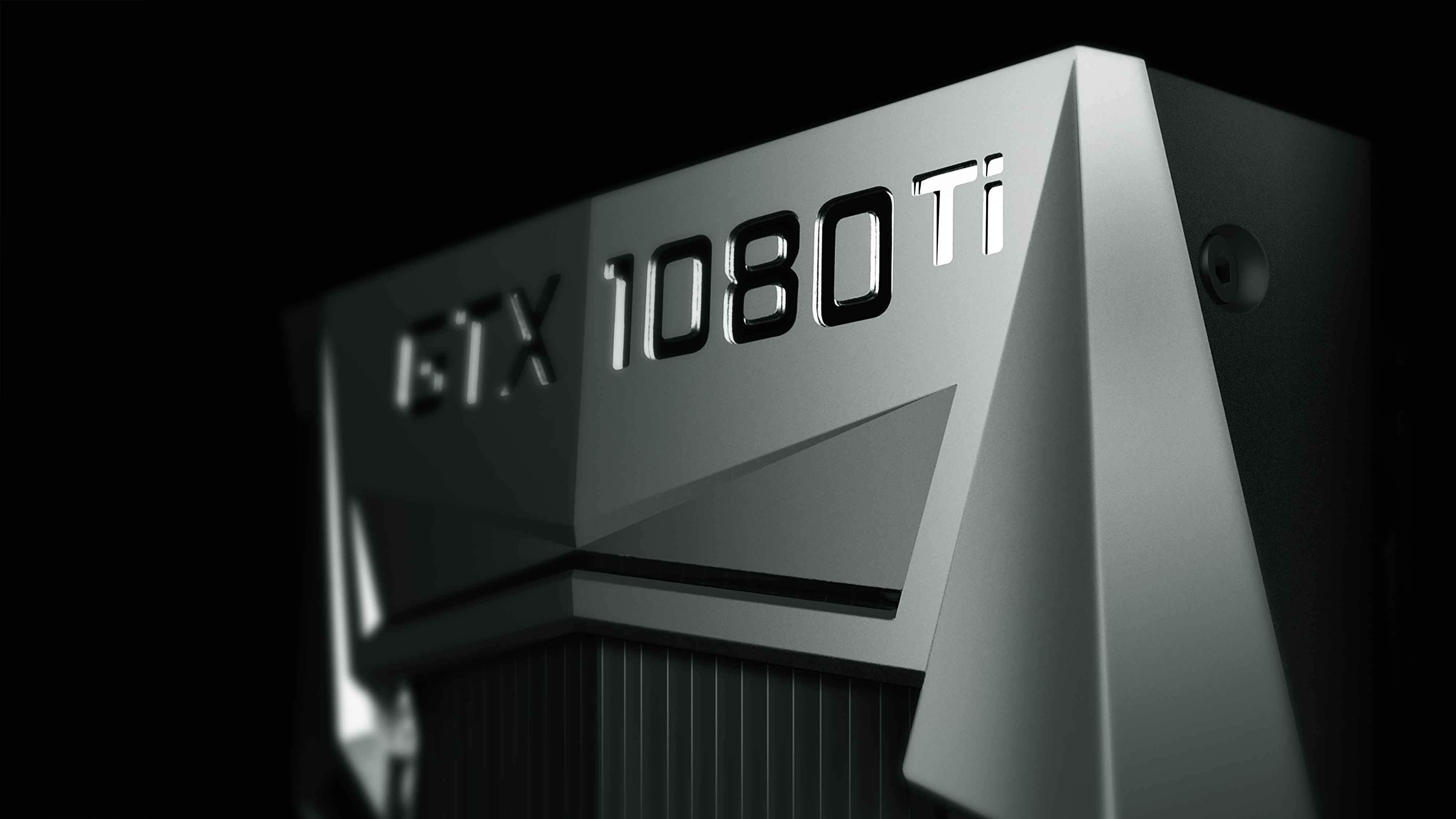
The official release notes for Nvidia's CUDA 12.9 Toolkit explicitly indicate that the next major release will no longer support Maxwell, Pascal, and Volta-based GPUs. Note that this deprecation is only limited to the compute side, as these GPUs will likely continue receiving normal GeForce drivers for the time being. That being said, this is likely the last SDK version that can be used to develop CUDA applications targeting the aforementioned architectures.
While the previous release hinted at this change, Nvidia's stronger wording now serves as a definitive signal for developers to shift to more modern architectures. CUDA 12.x series (and before) will still allow application development for these GPUs. The deprecation targets offline compilation and library support. Essentially, future CUDA compilers (nvcc) will lack the ability to generate machine code compatible with these GPUs. In the same vein, upcoming versions of CUDA-accelerated libraries like cuBLAS, cuDNN, etc., will not offer support for GPUs built using these architectures.
Nvidia has not specified an exact date for the upcoming major release (likely CUDA 13.x). Similarly, we aren't sure how many interim releases are to follow in the 12.9.x branch. Either way, this is quite a significant change as Nvidia is dropping three major architectures with one swing. Volta's consumer equivalent Turing (RTX 20) is next in line, but it likely has a lot more to offer before it too hits the chopping block.
"Maxwell, Pascal, and Volta architectures are now feature-complete with no further enhancements planned. While CUDA Toolkit 12.x series will continue to support building applications for these architectures, offline compilation and library support will be removed in the next major CUDA Toolkit version release. Users should plan migration to newer architectures, as future toolkits will be unable to target Maxwell, Pascal, and Volta GPUs."
CUDA 12.9 Toolkit release notes
Nvidia's Maxwell architecture was introduced in early 2014 with the GTX 745, GTX 750, and GTX 750 Ti series, along with the GTX 800M series on mobile. Maxwell even found its way into the original Nintendo Switch's Tegra SoC. A refresh later in 2014, featuring the GM20X series dies, brought several enhancements with the GTX 900 series. Pascal was soon to follow in 2016, serving as the basis for the legendary GTX 1080 Ti, and powering the Quadro P-series for workstations (mobile and desktop) along with Nvidia's Tesla P4 accelerators.
Most consumers might not be familiar with the name Volta, but this architecture marked the debut of Nvidia's Tensor Cores in 2017. Fun fact, the Volta-based GV100 is Nvidia's second-largest chip at 815mm2, only second to the monstrous GA100 (Ampere) at 826mm2. Volta would serve as the stepping stone for Nvidia's strides into the AI acceleration market, followed by Turing, Ampere, Hopper, and now Blackwell, which have since grown its valuation to nearly $2.8 trillion.
Follow Tom's Hardware on Google News to get our up-to-date news, analysis, and reviews in your feeds. Make sure to click the Follow button.







